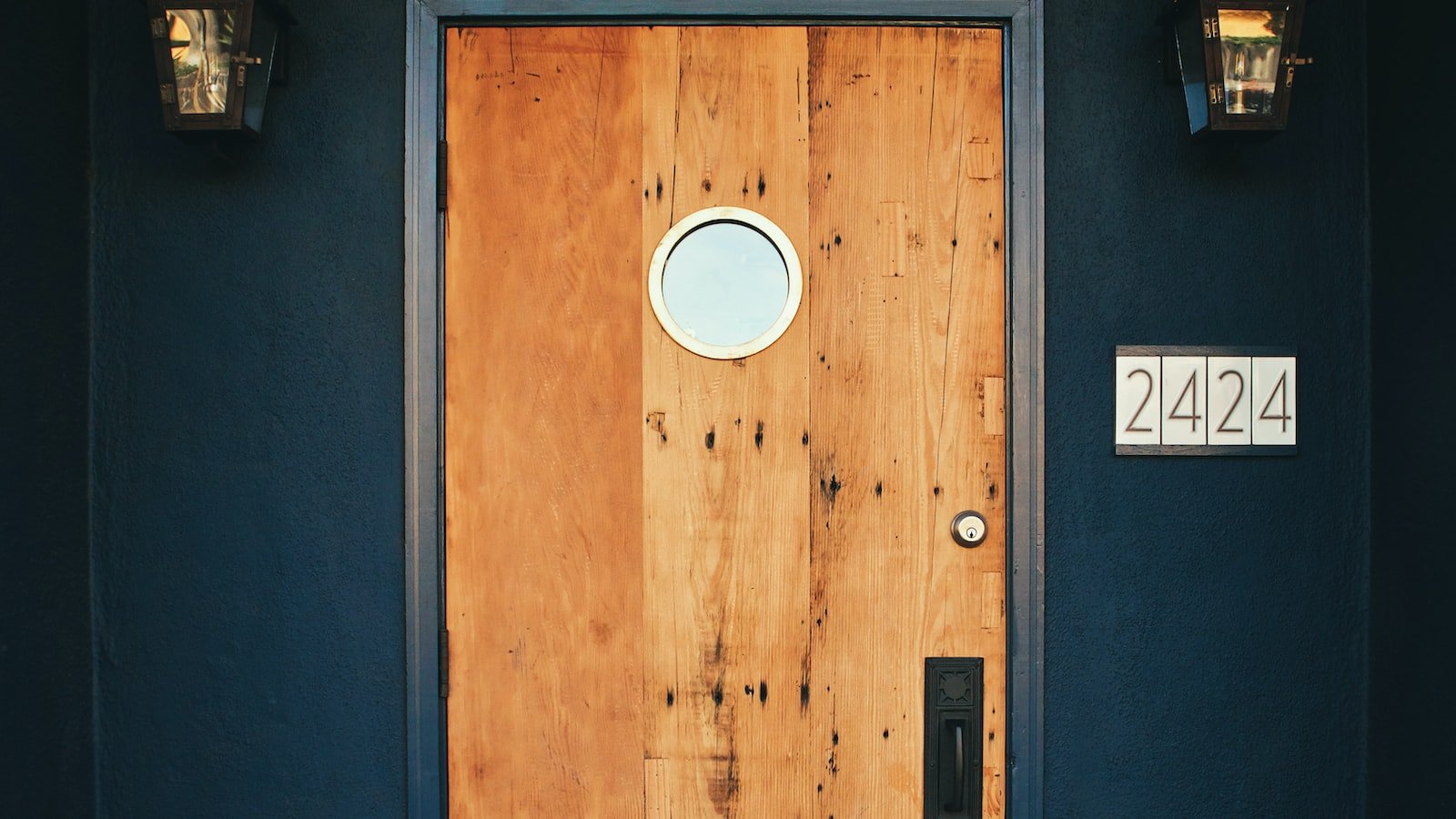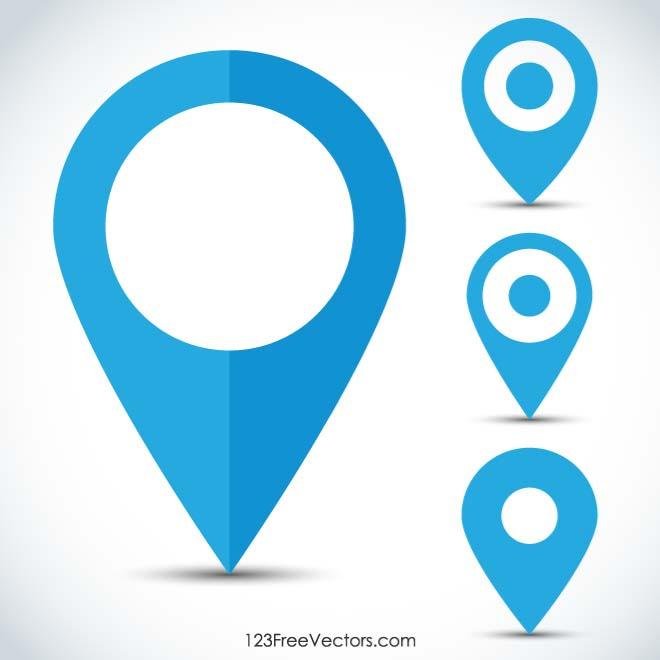Whether you’ve found yourself locked out one too many times or you simply wish to embrace the thrill of unraveling the mysteries concealed behind solid doors, the art of picking a door knob lock beckons to many aspiring locksmiths. Stepping into this realm of clandestine expertise may initially appear daunting for the uninitiated, but fear not, dear beginner, for we have crafted a comprehensive guide tailored to unleash your inner lock whisperer. Embark on an adventure of finesse and precision as we navigate the labyrinth of pins and tumblers within that seemingly impenetrable knob, ultimately granting you the power to unlock doors with nothing more than a humble piece of metal and a little bit of patience. So, without further ado, let us unravel the secrets behind this ancient art and embark on a journey to becoming a door-opening virtuoso.
Table of Contents
- Introduction: Understanding the Basics of Door Knob Locks
- Identifying Common Door Knob Lock Types
- Step-by-Step Guide: Picking a Pin and Tumbler Door Knob Lock
- Exploring Alternative Approaches: Bypassing Door Knob Locks
- Choosing the Right Tools for Successful Door Knob Lock Picking
- Q&A
- To Wrap It Up

Introduction: Understanding the Basics of Door Knob Locks
Unlocking the secrets of door knob locks can feel like uncovering hidden treasure. From the intricacies of their designs to the security they provide, these humble mechanisms play a vital role in safeguarding our homes and businesses. By delving into the basics, we can better understand the inner workings of door knob locks and appreciate the craftsmanship behind their simplicity.
The Anatomy of Door Knob Locks:
At first glance, a door knob lock might appear to be just a handle and a locking mechanism. However, there is more to it than meets the eye. Understanding the various components of a door knob lock is crucial:
- Knob: The part you grip and turn to operate the lock.
- Latch: The retractable bolt that secures the door and keeps it closed.
- Strike Plate: The metal plate attached to the door frame that the latch hooks onto.
- Lock Cylinder: The core of the lock that houses the pins or tumblers.
- Keyway: The slot in which you insert the key to unlock or lock the door.
Locking Mechanisms:
Door knob locks employ different mechanisms to secure doors. The most common types include:
- Pin Tumbler: Found in the majority of residential locks, they use pins of varying heights that must align correctly to unlock the door.
- Tubular: A circular keyway surrounds the lock cylinder, with pins that align radially to allow the door to open.
- Mortise: Typically used in commercial settings, these locks feature a complex system of interconnected components that provide high-level security.
- Electronic: Utilizing keypads, fingerprint scanners, or electronic keycards, these cutting-edge locks offer convenience and added security.

Identifying Common Door Knob Lock Types
When it comes to securing our homes and properties, door knob locks play a crucial role. However, not all door knob locks are created equal. It is essential to understand the different types of door knob locks available in order to make informed security decisions.
Mechanical Locks: Mechanical door knob locks are the most traditional and widely used types. They operate through a combination of pins, tumblers, and springs, providing a strong and reliable security mechanism. These locks can be further classified into:
- Knob Locks: Easily recognizable by their standard round shape, knob locks are often found on interior doors. However, they should not be solely relied upon for external doors as they can be easily forced open.
- Deadbolts: Deadbolt locks are known for their high level of security. They are usually installed on the main entry doors and offer enhanced resistance against forced entry thanks to their deeper and sturdier bolts.
- Mortise Locks: Mortise locks are commonly found in older homes or commercial buildings. These locks are integrated into the door itself and require a mortise pocket to be cut into the door frame. They provide a strong level of security due to their intricate design and are often combined with other locking mechanisms.
Electronic Locks: With advancements in technology, electronic door knob locks have gained popularity. They offer convenience and additional security features that mechanical locks may lack. Some popular types of electronic locks include:
- Keypad Locks: Keypad locks have a touchpad where a programmed code needs to be entered to gain access. This eliminates the need for physical keys and allows for easy code changes when needed.
- Smart Locks: Smart locks operate through wireless connectivity, allowing users to lock and unlock their doors remotely using a smartphone or other connected devices. They often provide advanced features like temporary access codes and activity monitoring.
By familiarizing yourself with the different door knob lock types, you can better understand which ones are suitable for specific doors or locations. Remember, it’s always wise to invest in high-quality locks that meet your security needs and provide peace of mind.

Step-by-Step Guide: Picking a Pin and Tumbler Door Knob Lock
When it comes to securing your home, a reliable lock is essential. One popular option is the pin and tumbler door knob lock. It consists of a cylinder with multiple pins that align with the key to allow the lock to turn. If you’re looking to pick a pin and tumbler door knob lock, this step-by-step guide is here to assist you.
To start, gather the necessary tools: a tension wrench and a lock pick. These tools can be easily obtained from your local hardware store or online. Once you have them prepared, follow these simple steps:
- Step 1: Insert the tension wrench into the bottom of the keyhole and apply slight pressure in the direction you would turn the key.
- Step 2: Choose a lock pick suitable for the lock and insert it into the top of the keyhole.
- Step 3: While continuing to apply gentle pressure with the tension wrench, use the lock pick to push the pins upward one at a time.
- Step 4: As each pin is lifted to the correct height, you will hear or feel a slight click.
- Step 5: Repeat the process for each pin until all pins have been successfully set.
Note that picking a lock should only be attempted on your own property or with proper legal authorization. Make sure to practice this skill responsibly and always prioritize the security and safety of yourself and others. With these steps in mind, you’ll be well on your way to understanding the art of picking a pin and tumbler door knob lock!
Exploring Alternative Approaches: Bypassing Door Knob Locks
When it comes to door knob locks, sometimes a bit of creativity is necessary to get past them. While we always advocate for using these techniques responsibly and for legal purposes, it’s fascinating to explore alternative approaches that can potentially bypass these locks. Here are a few intriguing methods to consider:
- The Bobby Pin Trick: This classic technique involves bending a bobby pin to create a makeshift lock pick. Insert the curved end into the lock’s keyway and apply gentle pressure while slowly jiggling it. With patience and practice, you may be able to manipulate the pins and unlock the door.
- The Credit Card Method: Popularized in movies, this approach involves using a sturdy plastic card, like a credit card or an ID, to act as a shim. Insert the card between the lock and the door frame, angling it downward to push the latch back. With a slight wiggling motion, you might just find the door opening before your eyes.
Remember, these alternative approaches should only be used in emergency situations or with the owner’s consent. It’s crucial to respect the privacy and security of others. So, while exploring these unconventional methods can be fascinating, let’s always keep our intentions upright and ensure we use our newfound knowledge responsibly!
Choosing the Right Tools for Successful Door Knob Lock Picking
When it comes to door knob lock picking, having the right tools can make all the difference. Whether you’re a beginner or an experienced locksmith, selecting the right tools is crucial for a successful and efficient lock picking process.
Here are some essential tools that can greatly enhance your door knob lock picking skills:
- Tension Wrench: This tool is the backbone of any lock picking endeavor. It is used to apply pressure to the lock cylinder while picking the pins. Make sure to choose a tension wrench that is suitable for the specific door knob lock you are working on.
- Lock Picks: A good set of lock picks is essential for any lock picking enthusiast. These tools come in various shapes and sizes, including hooks, rakes, and diamonds. Experiment with different types to find what works best for you.
- Lock Pick Gun: If you’re looking for a faster way to pick door knob locks, a lock pick gun can be a game-changer. This tool utilizes a vibrating motion to manipulate the pins and can save you a significant amount of time and effort.
Remember, using these tools requires practice and patience. Always ensure you have permission to pick a lock and use your skills responsibly. Happy lock picking!
Q&A
Can I pick a door knob lock without any prior experience?
Yes, picking a door knob lock requires practice and skill. While it is possible for beginners to learn, it may take some time and effort to master the technique.
What tools do I need to pick a door knob lock?
To pick a door knob lock, you will need a tension wrench and a pick. These tools can be purchased from locksmith supply stores or online.
Is it legal to pick a door knob lock?
In most cases, picking a door knob lock you own is legal. However, laws may vary depending on your jurisdiction, so it’s always wise to check local regulations before attempting.
Can picking a door knob lock damage the lock?
If done incorrectly or with excessive force, picking a door knob lock can potentially damage it. That’s why it’s crucial to be patient and gentle when attempting to pick a lock.
What are some common techniques for picking a door knob lock?
Two common methods for picking a door knob lock are the single-pin picking technique and the raking technique. Both techniques require different levels of skill and practice.
How long does it take to pick a door knob lock?
The time it takes to pick a door knob lock can vary depending on factors such as your skill level, the complexity of the lock, and the tools you are using. It may take anywhere from a few minutes to several hours.
Are there any alternatives to picking a door knob lock?
If you’re locked out of a room, alternatives to picking the lock include using a spare key, calling a professional locksmith, or using a lock-picking tool specifically designed for your type of door knob lock.
Can picking a door knob lock cause any legal issues?
Picking a door knob lock that you own is generally legal, but using lock-picking techniques on locks that you don’t have permission to access is illegal. Always make sure you have the necessary authorization before attempting to pick a lock.
To Wrap It Up
As our beginner’s guide on how to pick a door knob lock draws to a close, it is essential to reflect on the insightful journey we have undertaken together. Delving into the mysterious realm of lock-picking has armed you, dear reader, with newfound knowledge and an adventurous spirit.
While the art of lock-picking may appear daunting at first, we trust that our guidance has illuminated the path toward a remarkable skill set. With patience, practice, and the right tools, the world of locked doors and hidden secrets unfurls like an age-old map, just waiting to be charted.
Remember, dear readers, as you venture forth into the lock-picking realm, always respect the boundaries of legality and personal privacy. The skill we have shared aims to foster a sense of curiosity and empowerment, not to infringe upon the trust others have placed in securing their spaces.
Whether you find yourself honing your lock-picking skills for practical purposes or simply succumbing to the alluring call of the enigmatic, always remember to approach this art responsibly. Let the lessons you have gathered become tools of enlightenment, not instruments of mischief.
In conclusion, dear reader, we sincerely hope that this beginner’s guide has served as your cornerstone, unlocking a world of possibilities and expanding your horizons. Embrace the endless fascination that accompanies the art of picking door knob locks, and may the thrill of discovery navigate your path with integrity and respect.
Now, with your newfound understanding, go forth into the realm of locked doors, armed not simply with keys but with knowledge. Embark on the captivating journey ahead, and remember to always nurture your sense of wonder and curiosity, for within lies the key to endless possibilities.
As an affiliate, my content may feature links to products I personally use and recommend. By taking action, like subscribing or making a purchase, you’ll be supporting my work and fueling my taco cravings at the same time. Win-win, right?
Want to read more? Check out our Affiliate Disclosure page.